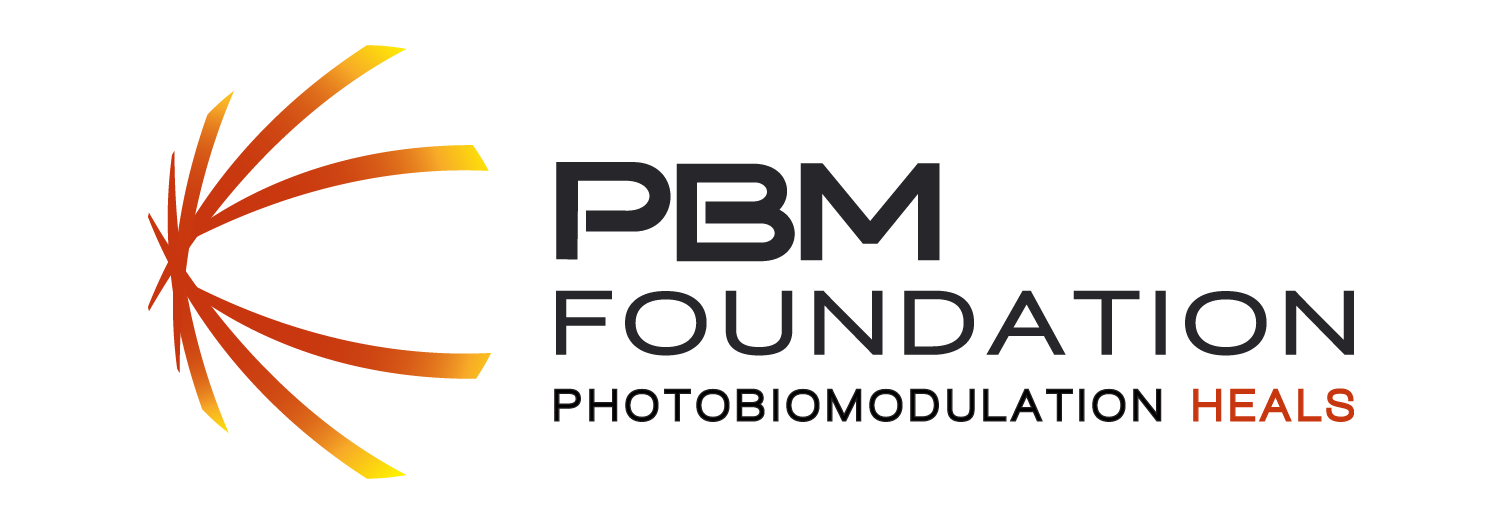Investigators will test, for safety and efficacy, a novel treatment for opiate addiction that applies a 4-minute treatment of intense near infra-red light to stimulate a side of the brain that the investigators determine to be healthier, more mature, and less traumatized. Investigators will compare an active and a sham treatment given twice weekly for 4-weeks. Investigators hope this will lead to a significant weapon in the battle against the opioid epidemic as well as lead to psychological and physiological insights into possible relations among trauma, cerebral laterality, and addiction.
Mclean Hospital
Harvard Medical School
National Institute on Drug Abuse (NIDA)
READ MORE
